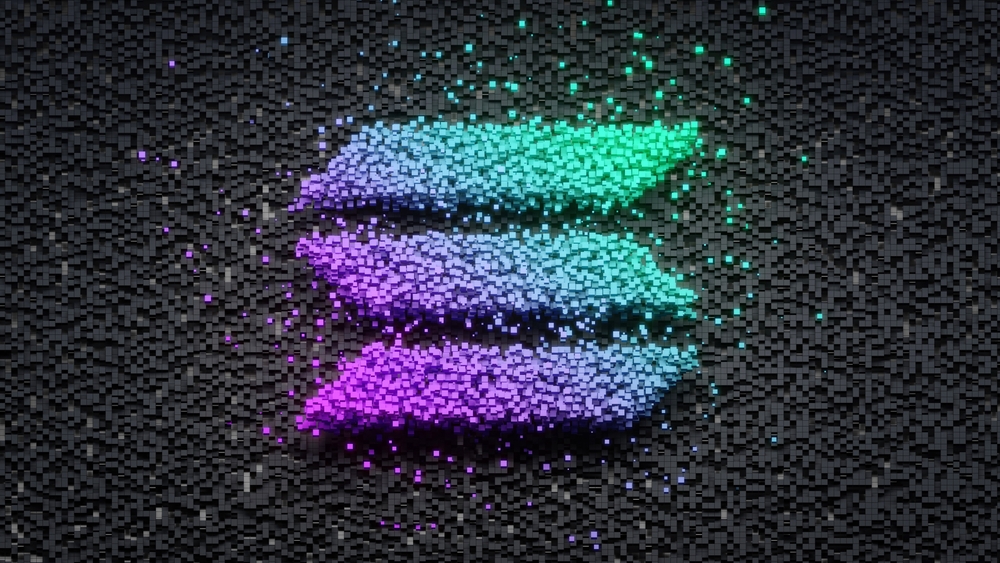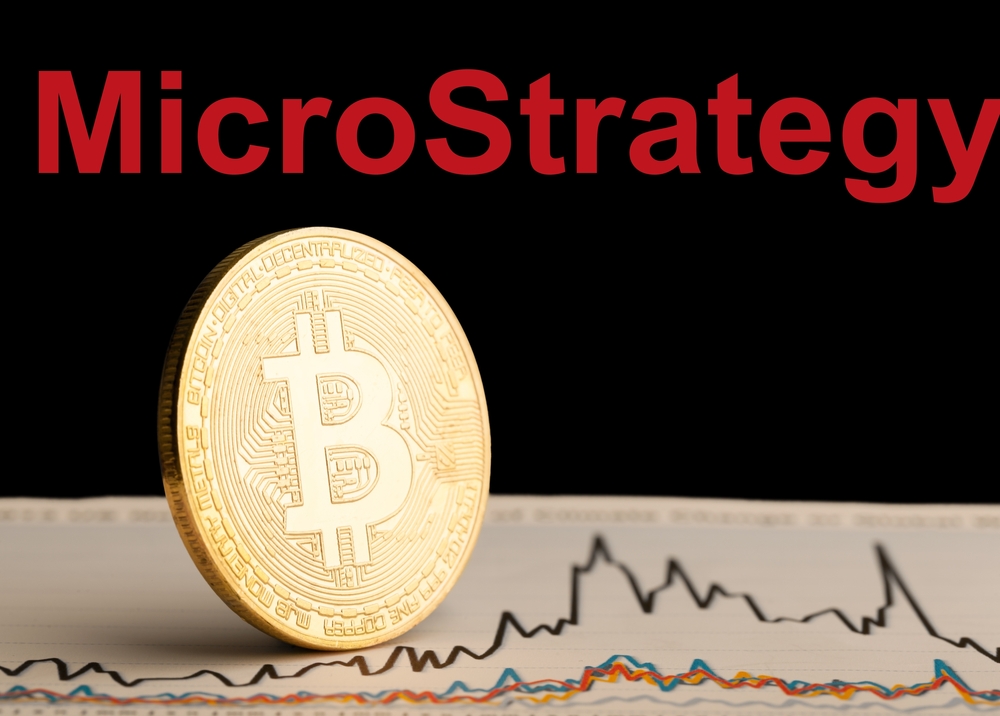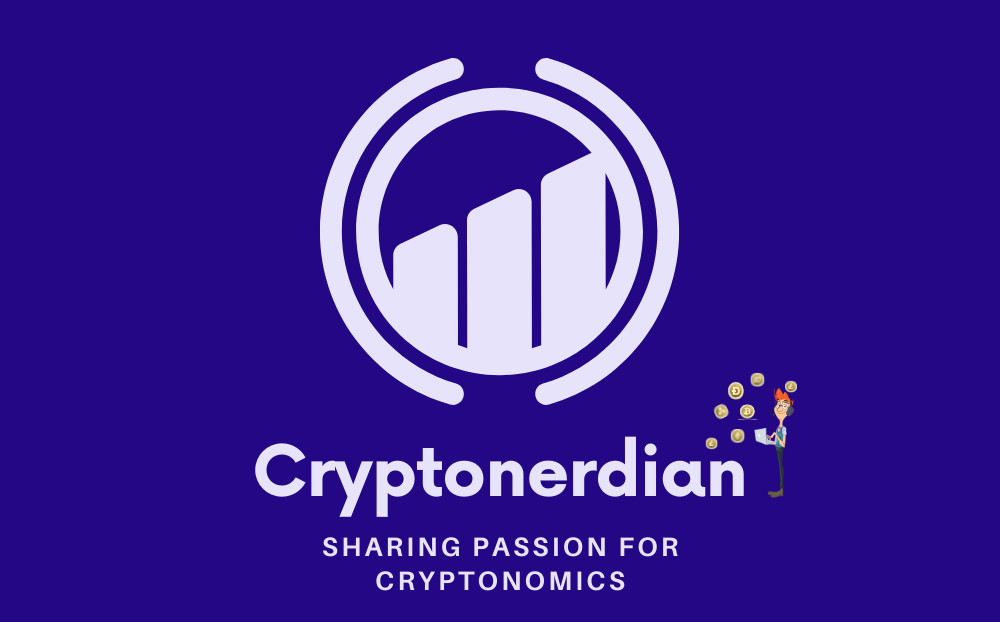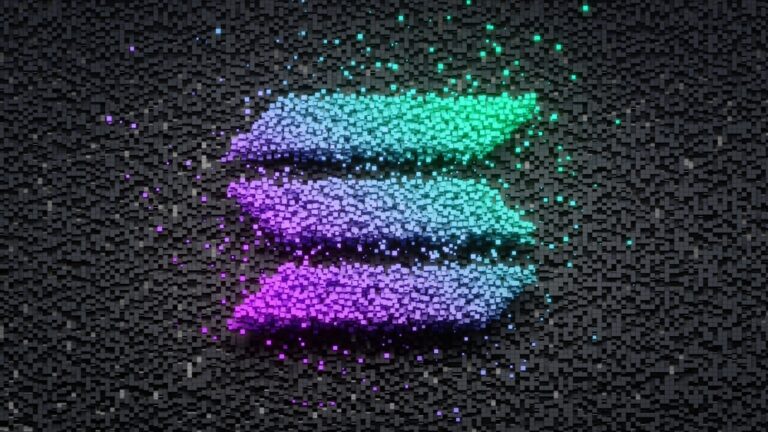Table of Contents
ToggleIntroduction
The Solana Project has emerged as a prominent player in the world of blockchain technology. It aims to provide a high-performance and scalable platform that can support a wide range of decentralized applications and financial solutions while maintaining robust security and decentralization. The innovative architecture and technology underpinning Solana, such as its unique Proof of History and tower Byzantine Fault Tolerance consensus mechanisms, enable the platform to deliver impressive transaction speeds and scalability without compromising security.
As the Solana ecosystem continues to grow, it attracts developers, investors, and users seeking to build or interact with decentralized applications (DApps) and DeFi solutions. The diverse range of use cases, from decentralized finance to gaming, showcases the platform’s versatility and robustness in facilitating real-world applications. Notable projects built on Solana have demonstrated their potential to stand out among other competing blockchains.
Key Takeaways
- Solana offers a high-performance, scalable platform for decentralized applications and financial solutions.
- The innovative architecture and technology behind Solana enable impressive transaction speeds and security.
- As the Solana ecosystem grows, its versatility and robustness attract developers, users, and investors.
Overview of Solana
Solana is a highly performant blockchain project that aims to be an open, decentralized, and secure platform for innovative applications. Its primary focus is on providing a scalable and efficient solution for processing transactions with minimal latency, removing the bottlenecks faced by many traditional blockchains.
The architecture of the Solana blockchain is designed to be highly secure and reliable. This is accomplished through the use of innovative consensus mechanisms like Proof of History (PoH) and delegated Proof of Stake (dPoS), which work together to ensure the fidelity of every transaction. The unique combination of these features helps to maintain a high level of trust in the Solana network while preventing malicious actors from compromising its integrity.
One of the key strengths of the Solana project is its support for decentralized applications (dApps). Developers can leverage the platform to build a wide range of next-generation applications, from financial services to gaming and beyond. Thanks to the high throughput and low latency, these dApps can serve a massive number of users without facing the scaling issues that can plague other blockchain platforms.
Integration with various programming languages and frameworks enables developers to tap into the Solana ecosystem, making it a flexible and versatile choice for building blockchain-based solutions. The open-source nature of the project also helps to foster a strong community of contributors and supporters, working together to enhance the platform’s features and capabilities.
In summary, Solana is a promising blockchain platform that offers security, scalability, and decentralization, making it a powerful choice for both developers and users who value efficient and reliable transaction processing. With its focus on innovation and use of cutting-edge technologies, Solana is poised to be a strong contender in the fast-growing blockchain space.
Architecture and Technology
The Solana Project is centered around its unique architecture and technology, which is designed to enable high-speed, scalable, and secure transactions in a decentralized environment. One of the key components of Solana’s architecture is its cluster. A cluster is a group of independently owned computers working together to validate transactions and maintain the state of the Solana ledger. Each computer in the cluster is known as a node, and these nodes communicate with each other to synchronize data and ensure consistency within the network.
Solana’s consensus mechanism is based on the proof-of-stake model, which rewards validators with tokens for validating and processing transactions. In a proof-of-stake system, validators stake a certain amount of tokens as collateral to participate in the validation process. This model ensures that validators have a vested interest in maintaining the integrity of the network, as they stand to lose their staked tokens if they are found to be acting maliciously. Unlike proof-of-work models, proof-of-stake is more energy-efficient and can support a larger number of transactions per second.
A distinguishing feature of Solana’s architecture is its novel timestamp system called proof-of-history. Proof-of-history is a cryptographic innovation that allows the network to achieve high efficiency and low latency. By independently generating verifiable timestamps, nodes can process and verify transactions without waiting for a global clock synchronization. This reduces communication overhead and enables the network to support a higher transaction throughput.
Solana’s architecture is designed as a distributed system, which means that the computing and storage resources are not centralized but instead spread across the nodes in the cluster. This distributed design ensures that the network remains highly available and fault-tolerant, as no single point of failure can compromise the entire system. In addition, it allows for horizontal scalability, as more nodes can be added to the cluster to increase the network’s processing capacity.
In summary, the Solana Project leverages its innovative architecture and technology, such as clusters, proof-of-stake, proof-of-history, and distributed systems, to create a high-performance blockchain platform. These components work together to provide a secure, scalable, and energy-efficient environment for decentralized applications and transactions.
Solana Ecosystem and Community
The Solana ecosystem comprises a wide array of developers, projects, and organizations that are committed to advancing the capabilities and adoption of the Solana blockchain. Being built on a scalable, high-performance infrastructure, Solana offers unique opportunities for developers to experiment with and deploy applications that harness its fast transaction processing and low fees. Regular hackathons, educational programs, and community-driven initiatives have enabled Solana to attract a diverse and enthusiastic community, further increasing its overall reach.
Additionally, the Solana ecosystem continually expands to accommodate the evolving needs of new users and developer communities. This growth has led to a rich environment that fosters collaboration and innovation. Notably, projects from different verticals, such as decentralized finance (DeFi), non-fungible tokens (NFTs), gaming, and more, are integrated with Solana’s technology.
Central to the expansion and innovation within the Solana ecosystem is the active involvement of its community. Regular events, discussions, and collaborations encourage participants to share their ideas, expertise, and resources. This engagement has cultivated a resilient environment where developers, entrepreneurs, and users can work collectively, enabling the ecosystem to thrive and overcome potential challenges.
Moreover, the relationships between the organizations, projects, and individuals in the Solana ecosystem contribute to its robustness. By forming strategic partnerships, alliances, and networks, the ecosystem can leverage its collective strength to achieve mutual objectives, such as developing innovative solutions, promoting research, and expanding the user base.
To conclude, the Solana ecosystem is a dynamic space that combines cutting-edge technology, diverse projects, and an involved community to support the growth and success of its participants. The expanding environment encourages collaboration, innovation, and knowledge-sharing, positioning Solana as a powerful, scalable, and accessible blockchain platform.
Building on Solana
Solana is an innovative blockchain platform that offers developers a fast, secure, and scalable environment for building decentralized applications and cryptocurrencies. It is designed for high-performance and efficiency, and it has attracted significant attention from developers and businesses alike.
In order to build on Solana, developers can make use of various programming languages and tools. The primary language for smart contract development is Rust. Rust is a versatile, safe, and performance-oriented language that helps developers create highly efficient and robust applications for the Solana platform. The comprehensive Solana documentation provides developers with a wealth of resources, including guides, tutorials, and FAQs to support their development journey.
Apart from Rust, developers can also interact with the Solana API using other languages like JavaScript to build front-end user interfaces (GUI) for their applications. The API provides a wide range of functionalities, offering developers flexibility to design and implement their projects according to their requirements.
To make the development process even more accessible, Solana provides tools and resources like the Solana Playground, where developers can experiment with writing and testing their code in a user-friendly and interactive environment. The playground allows developers to quickly prototype their applications, test the functionality of their smart contracts, and troubleshoot any issues they encounter.
In addition, the Solana ecosystem offers a broad range of libraries and SDKs, covering various use cases and making it easier for developers to build and deploy their applications. For instance, the JavaScript SDK enables developers to interact with Solana’s blockchain and build web-based applications that connect seamlessly with their Rust-written smart contracts.
For developers interested in building on Solana, they can access various resources such as:
- Solana Docs: Comprehensive documentation and guides.
- Solana Development Tutorials: An extensive list of tutorials that cover different aspects of Solana development.
- Solana Developer Forum: A community-driven forum where developers can ask questions, share their knowledge, and collaborate on projects.
By leveraging the powerful features and tools available within the Solana platform, developers can build innovative and highly scalable decentralized applications that deliver a unique and engaging user experience. With its advanced architecture and expanding ecosystem, Solana continues to be a promising environment for developers and businesses to build the next generation of blockchain solutions.
Performance and Scalability
The Solana Project is designed to address the challenges of performance and scalability faced by other blockchain platforms. It focuses on delivering high-speed transactions without compromising security. One of the key features of Solana is its impressive transactions per second (TPS) rate. The platform is capable of handling more than 50,000 TPS, making it one of the most scalable blockchain networks in the industry.
To achieve this level of performance, Solana employs several innovative techniques. It uses a Proof of History (PoH) consensus mechanism, which enables faster transaction processing and better timestamping. This consensus algorithm is combined with the Tower BFT fault-tolerant protocol to ensure security without causing a performance bottleneck.
A significant factor contributing to Solana’s scalability is its use of a gigabit network. This high-speed network enables faster communication between nodes, allowing the blockchain to tackle higher TPS without congesting the network. The gigabit network complements Solana’s other key components such as PoH, BFT, and parallel processing, which all work together to enhance the platform’s overall performance.
Furthermore, Solana’s architecture allows for parallel transaction processing. This feature helps to process a large number of transactions simultaneously, mitigating any potential performance bottlenecks caused by single-threaded processing. The platform’s use of concurrent processing vastly improves its scalability, enabling it to accommodate growing transaction volumes efficiently.
In summary, Solana’s performance and scalability stem from its innovative consensus algorithm, high-speed gigabit network, and parallel processing capabilities. These features work in harmony to provide a platform capable of handling thousands of transactions per second, making it an attractive choice for various use cases requiring throughput, security, and decentralization.
Tokens and Transactions
The Solana Project is a high-performance blockchain platform that relies on a Proof of Stake (PoS) consensus algorithm. Created to address the scalability challenges facing blockchain technology, Solana offers fast and cost-effective transactions without sacrificing security.
Solana’s native token, identified as SOL, plays a crucial role in executing transactions on the network. SOL can be used to cover transaction fees, and it is also an essential component of the PoS consensus mechanism. As participants in the network, validators need to hold and stake SOL to take part in creating new blocks and validating transactions.
Transaction costs on Solana are measured in lamports, with one SOL equivalent to one billion lamports. One of the advantages of the Solana network is its low transaction fees. The costs per transaction on Solana are generally much lower than those on other popular blockchains like Ethereum, making it an attractive choice for developers and users alike. This low fee structure benefits not only users but also developers who want to create decentralized applications (dApps) and deploy smart contracts.
In addition to low fees, Solana boasts a high transaction throughput, allowing it to process tens of thousands of transactions per second (tps). This high throughput is achieved through innovative technologies like Proof of History (PoH) and Turbine, which enable the network to scale linearly and handle a high volume of transactions without significant latency or energy consumption.
In summary, the Solana Project differentiates itself in the blockchain landscape by offering fast, cost-effective transactions with its native token, SOL. By leveraging a PoS model and innovative technologies, Solana provides an efficient and scalable solution for developers and users looking for a platform that can process a high volume of transactions at a low cost. With its unique features, Solana has the potential to become a significant player in the blockchain industry.
Defi and Dapps on Solana
The Solana Project is a high-performance blockchain that has been attracting significant attention in the decentralized finance (DeFi) and decentralized application (DApp) landscape due to its unique scalability, throughput capabilities, and low transaction fees. As a result, numerous DeFi and DApp projects have chosen Solana as their underlying infrastructure, taking advantage of its technology to create fast, secure, and feature-rich platforms.
Raydium, a notable DeFi platform on Solana, is an automated market maker (AMM) and liquidity provider that facilitates seamless token swaps, staking, and yield farming. Its integration with central order book-based decentralized exchanges (DEXs) like Serum allows for improved price discovery and reduced slippage. By leveraging the speed and efficiency of Solana, Raydium offers an intuitive and user-friendly environment for both seasoned users and newcomers in the DeFi space.
Mango Markets is another prominent project built on Solana, providing a decentralized trading platform that combines various DeFi features into a single interface. Mango Markets allows users to trade perpetual swaps, engage in margin trading, and borrow or lend assets, all while maintaining low transaction fees and fast execution. The platform is designed for both professional traders and retail investors, offering a diverse suite of financial tools and services that cater to various needs and preferences.
Moreover, Solana’s blockchain ecosystem supports numerous other DeFi and DApp projects, including decentralized exchanges, lending platforms, and asset management tools. These projects benefit from the high throughput and low fees provided by Solana, enabling them to operate efficiently and effectively. Solana’s native token, SOL, also serves as the platform’s utility token for transaction fees and can be staked to support the network’s security and earn rewards.
In conclusion, the Solana Project has positioned itself as a leading choice for developers and users looking to participate in DeFi and DApp projects. Its unique capabilities in handling high transaction volumes and providing low transaction fees make it an increasingly popular platform for decentralized finance, trading, and application development. By fostering innovation and continuing to attract new projects, Solana is poised to play a significant role in the evolution of DeFi and DApps moving forward.
.












